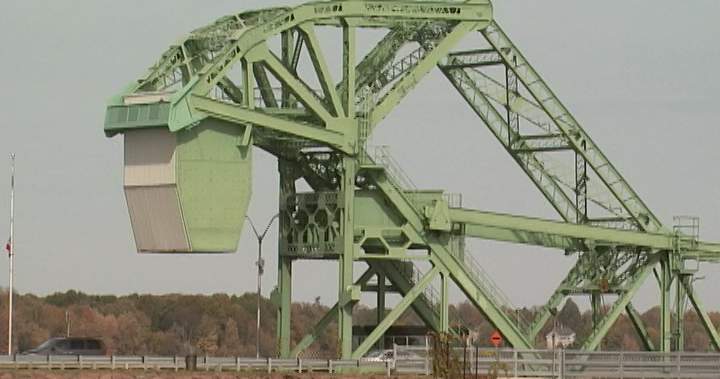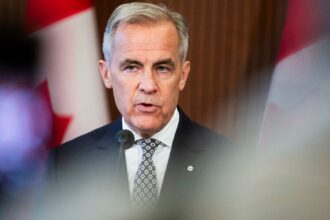In a dramatic escalation of legal battles surrounding the catastrophic Kingston LaSalle Causeway bridge failure, the federal government has launched a $60 million countersuit against the contractor responsible for the structure’s maintenance. This bold move comes after Bridging North America filed its own $12 million claim against Ottawa last month, creating a high-stakes legal confrontation over one of Eastern Ontario’s most significant infrastructure failures in recent memory.
The bridge, which served as a critical transportation artery connecting downtown Kingston with the eastern portions of the city, failed catastrophically on March 31 when its mechanical lifting system malfunctioned during a routine opening. According to court documents obtained by CO24, the countersuit filed in Ontario Superior Court alleges “gross negligence” and “substantial contractual breaches” by Bridging North America.
“The contractor’s repeated failure to perform adequate preventative maintenance created conditions that directly led to the system failure,” the federal claim states. The documents detail how Public Services and Procurement Canada had paid the contractor approximately $1.8 million annually since 2018 to maintain the aging infrastructure, with specific provisions for the complex lifting mechanisms.
The financial implications extend far beyond the immediate repair costs. As CO24 Business reported last month, local businesses have reported losses exceeding $5 million due to disrupted transportation routes, with tourism particularly affected during the critical summer season. Kingston Chamber of Commerce president Maria Rodriguez told CO24, “Every day this dispute continues represents another blow to our local economy.”
The situation has quickly become a lightning rod for Canadian politics, with opposition MPs demanding accountability for what they describe as systemic infrastructure neglect. Conservative transport critic James Northwood criticized the government’s oversight during yesterday’s Question Period: “This administration paid millions for maintenance that clearly never happened, and now taxpayers are on the hook for tens of millions more.”
Transport Minister Patricia Goodwin defended the government’s actions in a statement to CO24 News, saying: “We are taking decisive legal action to protect the public interest and recover costs that should rightfully be borne by those responsible for maintaining this critical infrastructure. The countersuit represents our commitment to accountability.”
Engineering experts have weighed in on the technical aspects of the failure. Dr. Helen Chang, structural engineering professor at Queen’s University, explained the complexity of the situation: “Bascule bridges like the LaSalle Causeway require meticulous maintenance of both mechanical and structural components. When preventative maintenance falls behind, catastrophic failures can occur with little warning.”
Meanwhile, Kingston residents continue to face significant disruptions. The temporary ferry service established after the collapse operates at roughly 40% of the bridge’s former capacity, creating delays of up to 90 minutes during peak periods. Local resident Thomas Keating expressed frustration: “We’re essentially caught between a contractor and the government pointing fingers at each other while we can’t get to work on time.”
Municipal officials have joined the chorus of criticism. Kingston Mayor Rebecca Sullivan told reporters yesterday: “This legal battle threatens to further delay restoration of this essential connection. Our community needs resolution, not prolonged litigation.”
As the lawsuits proceed through the courts, the broader implications for Canada’s infrastructure strategy loom large. With nearly 40% of federally-managed bridges approaching or exceeding their designed lifespans, infrastructure experts warn this case could foreshadow similar disputes nationwide.
As Kingston businesses struggle and commuters adapt to lengthy detours, one question remains increasingly urgent: Will this high-profile infrastructure failure finally prompt the comprehensive national bridge maintenance strategy that engineers and urban planners have advocated for decades?

























